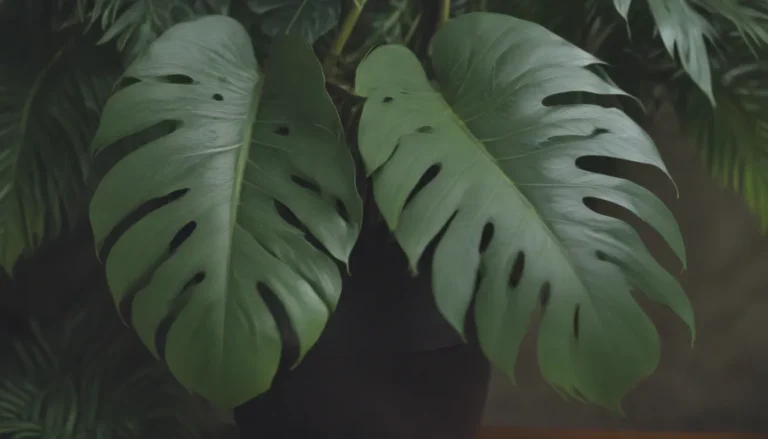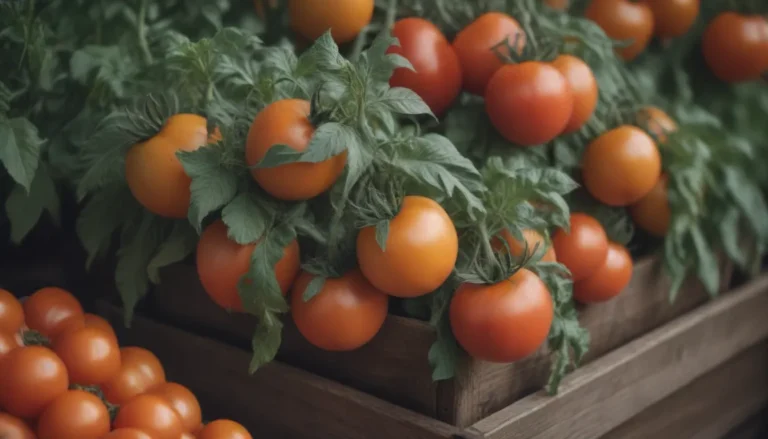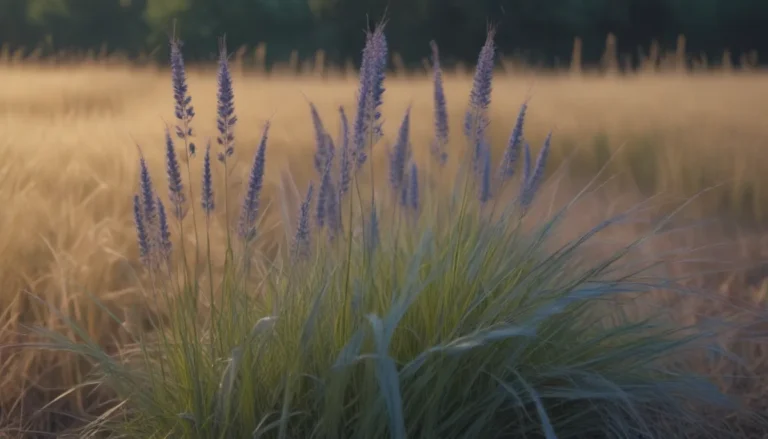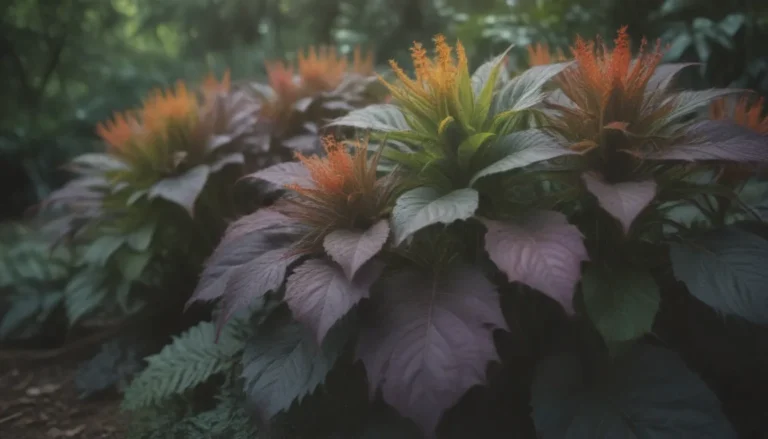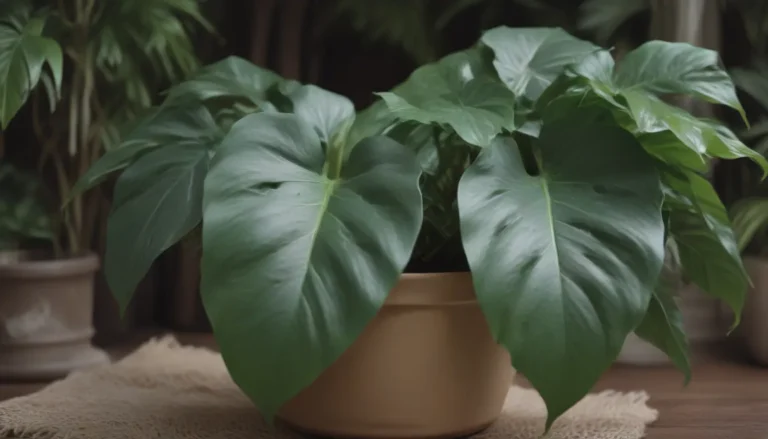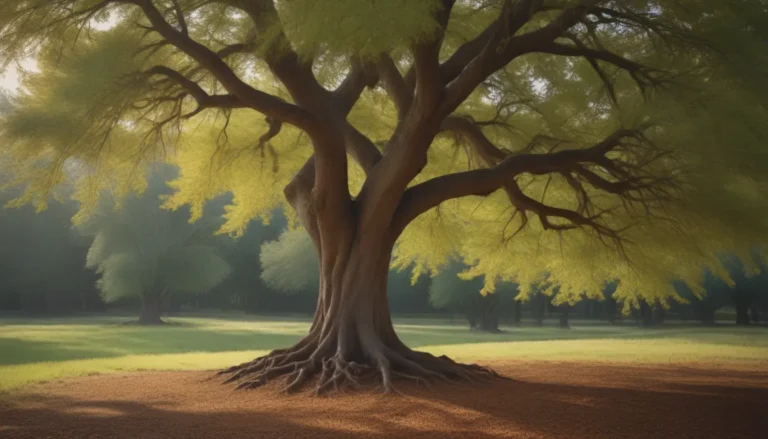A Beginner’s Guide to Lavender Varieties: How to Choose the Perfect Lavender for Your Garden
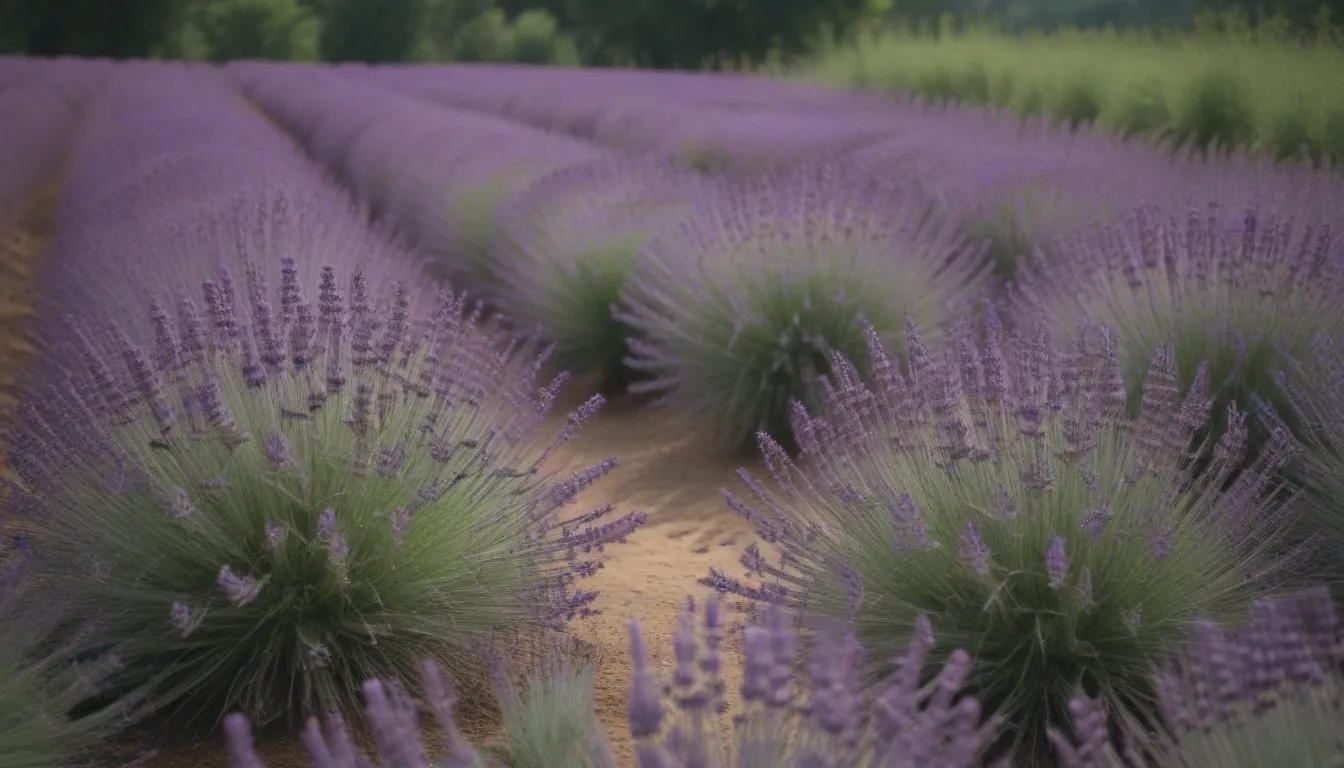
Lavender is a beloved plant that adds beauty and fragrance to any garden. With its vibrant colors and therapeutic scent, it’s no wonder why lavender is a popular choice among gardeners. If you’re new to gardening or just looking to expand your lavender collection, you’ve come to the right place. In this comprehensive guide, we will explore 23 different types of lavender varieties, their unique characteristics, and how to care for them.
What Makes Lavender Special?
Before we dive into the various lavender varieties, let’s take a moment to appreciate what makes this plant so unique. Lavender is a woody perennial herb that boasts evergreen foliage and beautiful flowers in shades of purple, violet, pink, or white. Whether you’re looking to harvest lavender for bouquets, fragrance, drying, or culinary purposes, this versatile plant has got you covered. And let’s not forget about its ornamental qualities that can enhance the beauty of any garden.
Tips for Growing Lavender
Before we delve into the different lavender varieties, here are some general tips for growing lavender in your garden:
- Lavender plants prefer well-drained soils, warm temperatures, and plenty of sunlight.
- They are resistant to garden pests like deer, drought tolerant, and require minimal care.
- Regular deadheading can help promote future blooms.
- Prune lavender in late winter or early spring to promote healthy growth.
- Lavender is toxic to cats, dogs, and horses, so be mindful of where you plant it in your garden.
Now, let’s explore 23 different types of lavender varieties that you can consider for your garden:
Spanish Lavender
- Name: Spanish Lavender
- USDA Hardiness Zones:
- Flower Color:
- Light:
- Soil:
- Mature Size:
Like French lavender, Spanish lavender’s tall, pinkish-purple bracts outshine the tiny flowers they contain. This heat-tolerant species requires lots of sun and warm temperatures to thrive. Both the flowers and leaves of this low-growing, compact plant are edible, making it a versatile addition to your garden.
English Lavender
- Name: English Lavender
- USDA Hardiness Zones:
- Flower Color:
- Light:
- Soil:
- Mature Size:
English lavender is one of the most common varieties available, with tall stems topped with spikes of tiny blue flowers during its midsummer bloom period. This hardy herb is perennial in colder climates, making it ideal for northern gardeners.
English Lavender ‘Munstead’
- Name: English Lavender ‘Munstead’
- USDA Hardiness Zones:
- Flower Color:
- Light:
- Soil:
- Mature Size:
A type of English lavender, Munstead is a low-growing variety that’s ideal for edges and borders. Cut back flowers after they fade to encourage a second round of blooms. This long-living cultivar’s long, gray-green leaves resemble those of rosemary, while its violet-colored flowers grow in delicate clusters at the tips of compact stems.
French Lavender
- Name: French Lavender
- USDA Hardiness Zones:
- Flower Color:
- Light:
- Soil:
- Mature Size:
France is known for its lavender production, and this sought-after lavender species is named after the country. Fragrant French lavender’s tiny flowers are held within pale purple bracts that resemble large petals at the top of the spike, and its leaves are fringed rather than smooth. This type of lavender thrives on neglect, making it a low-maintenance option for your garden.
Lavandin
- Name: Lavandin
- USDA Hardiness Zones:
- Flower Color:
- Light:
- Soil:
- Mature Size:
Lavandin is a naturally occurring Lavandula hybrid that offers a particularly strong scent thanks to its camphor content. Care is similar to lavender species, but it flowers later in the season and have longer stems with multiple flower spikes on each stem. This variety is a great addition to any garden for its aromatic qualities.
Fernleaf Lavender
- Name: Fernleaf Lavender
- USDA Hardiness Zones:
- Flower Color:
- Light:
- Soil:
- Mature Size:
Fernleaf lavender gets its name from the feathery, frond-like shape of its silvery-green leaves. Its tall stems bloom with slightly pointed clusters of showy, pale purple flowers through the summer. This aromatic variety is particularly attractive to pollinators and can add a touch of whimsy to your garden.
Portuguese Lavender
- Name: Portuguese Lavender
- USDA Hardiness Zones:
- Flower Color:
- Light:
- Soil:
- Mature Size:
Also called spike lavender, Portuguese lavender is particularly aromatic, making it excellent for scent bags and perfuming oils. It has long, white-tinged leaves and attractive clusters of blooms that grow on tall spikes two to three feet high.
Hidcote Lavender
- Name: Hidcote Lavender
- USDA Hardiness Zones:
- Flower Color:
- Light:
- Soil:
- Mature Size:
This cultivar of English lavender’s compact size and mounding growth habit make it a great addition to borders and ornamental beds. Stout clusters of dark purple flowers attract pollinators like bees and butterflies. Hidcote lavender is a visually stunning choice for any garden.
Lavandula stoechas ‘Curly Top’
- Name: Lavandula stoechas ‘Curly Top’
- USDA Hardiness Zones:
- Flower Color:
- Light:
- Soil:
- Mature Size:
This Spanish lavender cultivar is dark purple, but its showy top bracts steal the show. The ruffled and curved bracts add great visual interest to any garden. Deadhead spent flowers to encourage future blooms.
Spanish Lavender ‘Anouk’
- Name: Spanish Lavender ‘Anouk’
- USDA Hardiness Zones:
- Flower Color:
- Light:
- Soil:
- Mature Size:
This vigorous cultivar boasts showy, pinkish-purple flowers and is drought-tolerant, making it a low-maintenance addition to your garden. Expect this type of lavender to bloom around early or mid-spring, adding a pop of color to your outdoor space.
As you can see, there is a wide variety of lavender types to choose from, each with its own unique characteristics and care requirements. Whether you’re looking to add fragrance, color, or culinary uses to your garden, lavender is a versatile plant that can meet your needs.Experiment with different varieties to see which ones thrive best in your garden and enjoy the beauty and benefits that lavender has to offer. Happy gardening!
